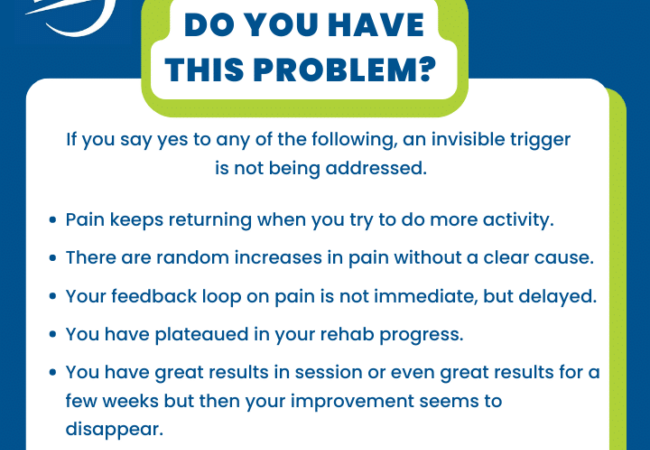
5 Reasons You May Struggle To Get A Diagnosis And The Right Treatment At Physical Therapy
Upon your arrival at Smith Performance Center, our primary goal is to comprehensively understand the source of your pain or symptoms. Our physical therapists initiate this by gathering information through a medical history form, conducting interviews about your experiences, performing thorough examinations, creating an initial list of potential diagnoses, validating our hypotheses through treatment, and finally, devising an initial home plan. This phase in our rehabilitation process is aptly termed ‘Diagnosis and Home Plan Development’. While not a creative title, it encapsulates the process our team undertakes. A workable diagnosis is pivotal. However, arriving at a diagnosis can be challenging due to various reasons. These complexities range from the diverse causes of pain (such as injury, inflammation, nerve-related issues, sensitization, psychogenic factors, and dysfunctional conditions) to individual-specific challenges. Patients may struggle to explain their experiences, while others may not show rapid responses to treatment due to the absence of a









